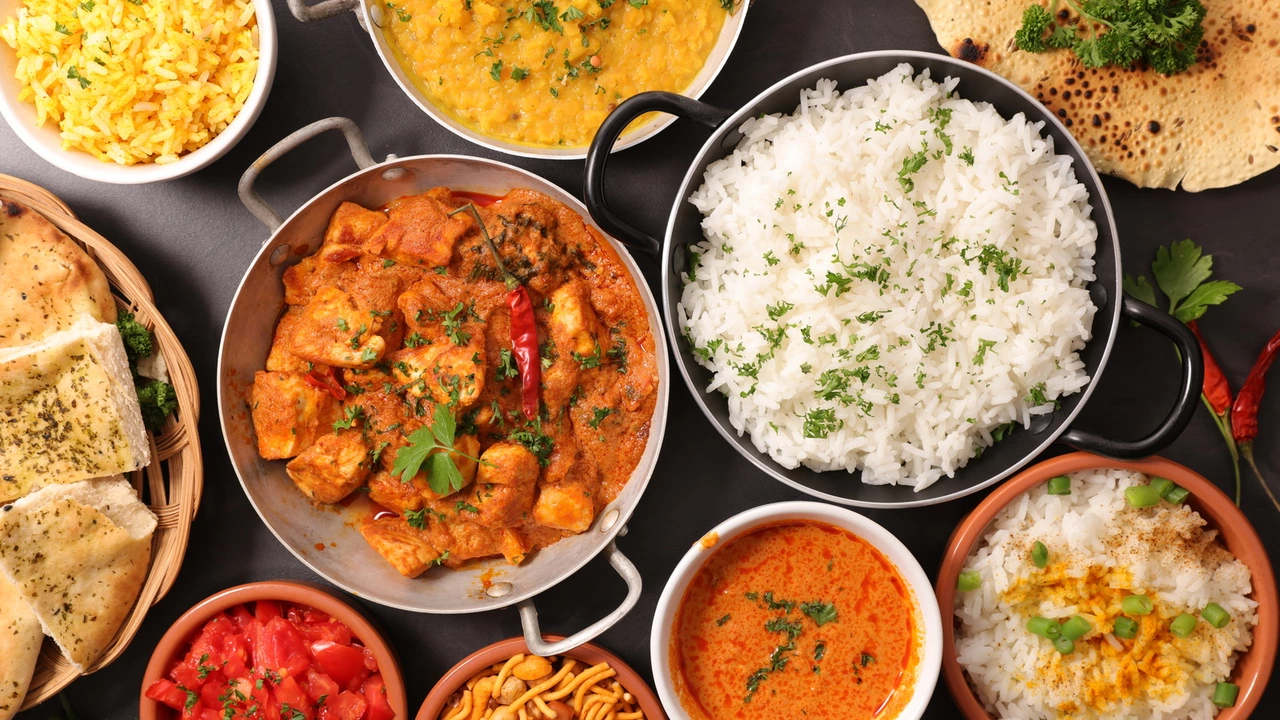Cultural Cuisine: Real Flavors and How to Find Them
Food tells stories about people, places, and history. If you love bold spices, comforting breads, or slow-cooked meats, cultural cuisine is where those stories come alive. This page focuses on practical tips to find and enjoy authentic dishes—especially South Asian flavors like Indian and Pakistani food—whether you’re at home or traveling.
First, understand what “authentic” often means. Authentic dishes use regional ingredients, traditional spice blends, and cooking methods handed down over generations. But when food travels, it adapts. What you get in a big US or Canadian city might be different from what a village kitchen serves in Punjab or West Bengal. That doesn’t make it worse—just different. Expect variation and enjoy both versions for what they offer.
Where to find authentic cultural cuisine
Look beyond tourist streets. Walk into neighborhoods where immigrant communities live and work—those pockets tend to have markets, family-run restaurants, and sweet shops that stick closer to original recipes. Farmer’s markets and speciality grocery stores often carry key ingredients like jaggery, tamarind, paneer, or specific spice mixes. Online reviews help, but local word-of-mouth gets you the best leads. Ask shop owners what they recommend—many will point you to lesser-known dishes that aren’t on mainstream menus.
When you read a menu, watch for regional names: dosas and idlis (South India), nihari and haleem (Pakistan), chaat and litti-chokha (India’s street food). Those names usually mean the place cares about regional cooking. Also, check if a restaurant makes its basics from scratch—fresh chutneys, hand-rolled rotis, or house-made pickles are great signs.
Quick tips to explore and enjoy
Start small. Try one new dish each visit instead of a full feast. Ask how spicy a dish is and get recommended pairings—some foods mellow with yogurt or sour pickles. If you want vegetarian options, Indian cuisine offers a huge range beyond paneer and potatoes: try lentil stews, vegetable kormas, and stuffed breads. For meat eaters, Pakistani kitchens often highlight slow-cooked, rich gravies and kebabs—order something signature rather than a generic curry.
Cook at home when you can. A few staple spices—cumin, coriander, turmeric, garam masala—plus garlic, ginger, and fresh chilies will let you recreate many flavors. Use a reliable recipe from a cookbook or a trusted cook in the community and experiment. Home cooking teaches you how small changes alter taste, so you better judge restaurant versions next time.
Finally, keep an open mind. Debates like “which cuisine is better” are personal. Taste what you like, ask questions, and enjoy discovering dishes that surprise you. Cultural cuisine is about flavor, memory, and sharing—so eat, chat, and keep exploring.
Which food tastes better Indian Or western?
Well, my friends, I've embarked on a culinary adventure that makes Indiana Jones' escapades look like a walk in the park! Between the savory spices of Indian cuisine and the hearty comfort of Western grub, it's like choosing between Batman and Superman. Each has a unique flair that tickles the taste buds in its own divine way. Indian food, with its intricate blend of spices and heat level that can make you feel like a fire-breathing dragon, is a feast for the senses. While Western food, it's like a comforting hug from grandma, familiar and wholesome. In the battle of the plates, it's a delicious draw, folks!
read more
